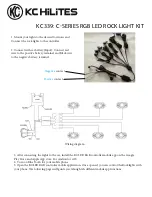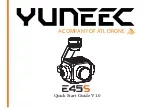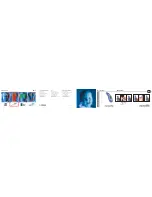
STAND: 17.06.2019
9910_Operation_Manual_STANDGUARD_G1_Rev1.2_EN
Seite 16 von 25
9 Operation
In the operating manual of the STAND.CONTROL C1 controller, you will find a general description of
the operation off the table-top support frame.
9.1 Normal operation
If the desk is moved and there is a collision with an object, the sensor recognises the collision and
moves a short distance in the opposite direction. If there is a hand switch with a display connected to
the controller, it shows
. This is shown on the display unit till a button is pressed again or the dis-
play goes off.
When the hindrance has been removed, the table can be moved again as usual.
Note:
Remove the hindrance after a collision.
The sensitivity of the sensor can be set with the CON.STAND PC software. So also, the sensor can be
completely disabled with it. There are instructions for doing so in the operating manual of the
CON.STAND software.
If the sensor is removed during operation, this is indicated on a Comfort hand switch as Code
and
in addition, the controller signals the fault acoustically by going ‘click-clack’ 3 times; the fault must be
acknowledged by pressing any key on the respective hand switch. Then, when a key is pressed again,
the system resumes working as usual, but without the additional protection provided by the sensor.
Danger:
If the disabling of the sensor after the occurrence of a connection fault with the
sensor is confirmed, the danger of crushing increases, since then, operation is without
the extended system protection of the sensor.
9.2 Cascading controllers
This sensor can be connected to any controller of a cascaded system. Several sensors can be simul-
taneously operated on one system. The number of all possible system components depends on the
configuration of the entire system.
9.3 Notes regarding the functioning of the sensor
The sensor reacts to vibrations and impacts. Basically, even because of the movement of the table-top
support frame, there are already some vibrations, which are recognised by the sensor, and therefore,
the sensor can only detect collisions that return a measurement value that is greater than that of the
vibrations during a normal movement.
The sensitivity of the sensor can be set in the parameters of the controller for the up and down direc-
tions.
It is not possible to define an exact force as a collision, since a collision is
determined by several factors. This includes, for example, the exact position of the collision on the
table-top support frame.
In a collision, there arises a movement that exceeds the previously programmed threshold, and thus
triggers a collision.










































